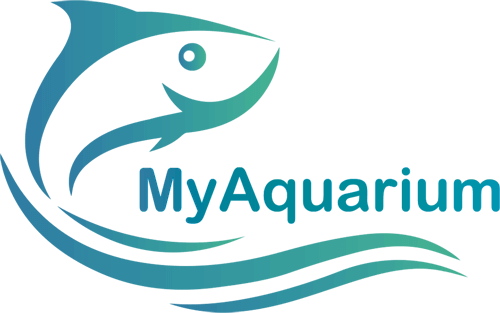In this article, we will show you some of the most common mistakes for beginners in fishkeeping.
When we start a project, be it professional or personal, we can make several mistakes, especially if we are not prepared enough, this includes, among others, the lack of prior knowledge on the subject.
Today, we are going to list the 5 most common miskates for beginners in fishkeeping. I believe that many of these mistakes, you may have already made too.
Start With Small Fish Tanks
When we go to a pet store, we come across all kinds of fish tanks for sale. And most of the time, when we consult with a seller, we are advised to purchase a small tank to start.
See Also:
This can be influenced by several factors, such as the price of the tank and the size, since the smaller ones are cheaper and also take up less space at home or at work. This is one of the most common mistakes in fishkeeping for beginners, as small fish tanks are generally used by experienced aquarists.
When there is little water volume in an tank, the key parameters (pH, Temperature, Oxygenation, Ammonia, Nitrite, Nitrate) of the water change very quickly and leave no room for error. The recommended is that the bigger the fish tank, the less the impact on the tank fauna or flora. So, if you are thinking of purchasing an tank now and have no idea of its size, prefer those that contain at least 75 liters.
Add Fish Right After Buying The Aquarium
When purchasing a new tank, we are eager to add the first inhabitants and see them swimming everywhere. Some people are lucky, but in most cases, some or all of the fish die from doing this process so quickly.
The tank water needs to stabilize. Gases dissolved in water, as well as heavy metals and minerals, must be treated using conditioners sold in pet stores.
See Also:
If the tank water is not treated, many of these harmful materials will remain, and the fish may become intoxicated and die within a few hours. The correct procedure for this case is to perform the Cycling. The Cycling is the process by which the tank works with a biological filter connected for 30 days.
Without cycling, nitrifying bacteria will not be present in your tank and you will have ammonia / nitrite spikes that will be fatal to fish.
Add Multiple Fish At The Same Time
You have cycled your tank and now you want to add the fish. And the first thing you do is go to a Pet store and buy about 5 fish of that species that you both dated when you went to buy the fish tank.
Unfortunately, adding several fish to the aquarium is another common mistake made at the beginning.
Even after cycling, it is important to add the fish gradually. An enormous load of biological material inside the aquarium can cause peaks of Ammonia / Nitrite and end up killing all of its fauna.
See Also:
In the beginning, try to add only a few small and very resistant fish. Make ammonia and nitrite tests, check how these parameters are, when they are zeroed again, you can add more fish to the tank.
Overfeeding Your Fish
Perhaps one of the most common mistakes in fishkeeping made by beginners. When you get close to the tank, your fish will always be hungry for more food. But it is not just because you always seem to be hungry that you should feed or any other type of food.
Fish should consume a sufficient amount of feed for about 5 minutes. After that, your fish will already be satisfied and will not need any more feed.
See Also:
Avoid overfeeding them, because, as we mentioned earlier, overfeeding can also generate peaks in Ammonia and Nitrite.
Fish can easily go a few days without eating if needed. But always try to feed them 2 to 3 times a day.
Excessive Aquarium Cleaning
We always want the tanks to always be clean. But in Fishkeeping, a healthy tank is a partially dirty tank. But how so? In a totally clean aquarium, your water will be in a state that we call “Dead Water”, that is, a water that does not contain beneficial bacteria that help in the decomposition of aquarium waste, such as feces, for example.
And How To Solve This Issue?
NEVER, but NEVER, change the tank water completely. Always make Partial Water Changes.
Try to remove 20% to 30% of the aquarium water when cleaning (Partial Water Change), in which case you can clean the glass internally with a small bottle or toothbrush that has never been used, to remove algae.
See Also:
If your tank filter is dirty, try to clean it with the aquarium water itself. Never go to the tap and clean the filter together with the biological media. This will kill all the beneficial bacteria present in that equipment.
When carrying out Partial Water Changes, always add water that already has a temperature and parameters equal to the water in the main aquarium.
Conclusion
As we can see, there are some errors that are very common in Fishkeeping. But all of them are soon discarded if we get a little knowledge on the subject.
Ideally, you should always search for information on the internet, magazines and books about which species of animals and plants you are looking to create.
The search for knowledge is the key to success in Fishkeeping. That’s why this hobby is so fascinating.




